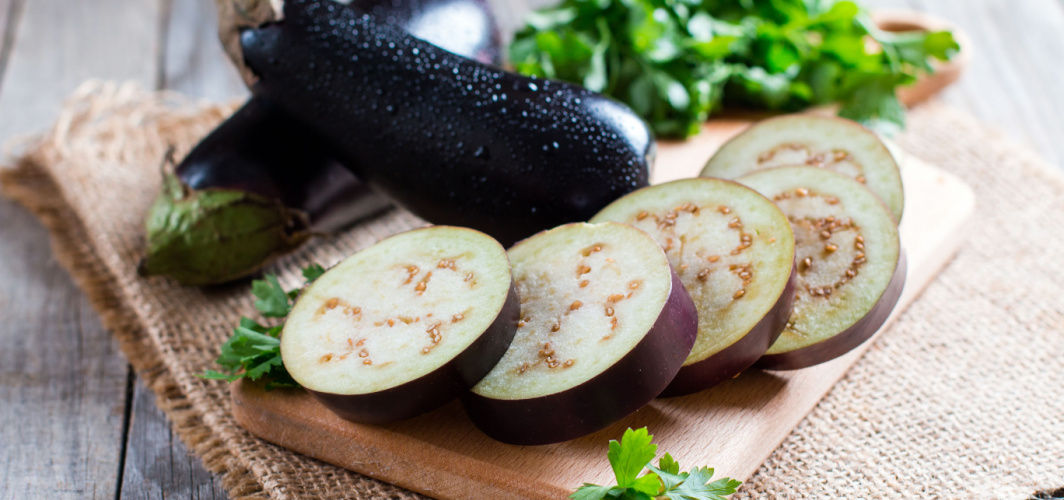Diabetes Management
Understanding the Impact of Standing on Insulin Sensitivity
3 min read
By Apollo 24/7, Published on - 20 September 2021, Updated on - 28 August 2023
Share this article
0
16 likes

As we all know, a sedentary lifestyle is one of the major risk factors for type 2 diabetes. Sitting and lying down for extended durations slow down the metabolism of the body. Over time, the impaired metabolism increases the risk of insulin resistance - a condition that makes the cells of the muscles, fat, and liver less responsive to the insulin hormone, which in turn, causes the blood glucose levels to rise.
A proven way to prevent insulin resistance and type 2 diabetes is to engage in daily physical activities like brisk walking, cycling, running, weight training, etc. However, a new study by Finnish researchers has found that mere standing can also improve insulin sensitivity (how well the cells respond to insulin) and reduce the risk of type 2 diabetes. The article explains the study and its findings in detail.
The study
The study titled “Standing is associated with insulin sensitivity in adults with metabolic syndrome” was conducted by Turku PET Centre, a Finnish National Research Institute, and UKK Institute, a private research institute situated in Tampere, Finland. It was published in the Journal of Science and Medicine in Sport on August 14, 2021. The objective of the study was to determine how components of accelerometer-measured sedentary behavior (SB) and physical activity (PA), and fitness are linked with insulin sensitivity in adults with metabolic syndrome.
The study was conducted on 64 sedentary adults (age group - 40-65 years) with metabolic syndrome. As part of the study, the participants were made to wear hip-worn accelerometers for four weeks to measure sedentary behavior (SB), breaks in SB, standing, and physical activity (PA). VO2max (maximum rate of oxygen used by the body during exercise) was measured with maximal cycle ergometry. Insulin sensitivity was calculated using hyperinsulinaemic-euglycaemic clamp (M-value) and fasting blood sampling (HOMA-IR, insulin). Multivariable regression (a supervised machine learning algorithm involving multiple data variables) was used for analyses.
Results
The major findings of the study were:
- Standing is linked with insulin sensitivity in physically inactive sedentary adults who are at an increased risk of developing type 2 diabetes.
- Adiposity (severe or morbid obesity) appears to directly influence the relationship between sedentary behavior, fitness and insulin sensitivity. This signifies the importance of healthy body composition for metabolic health.
- These findings of the study have the potential to offer additional insights that might aid in the development of interventions, policies, and guidelines for the prevention of type 2 diabetes in physically inactive, high-risk populations.
According to the lead researcher of the study, the results suggest that increasing daily standing time could contribute towards the prevention of type 2 diabetes if physical activity recommendations are not met.
Takeaway
Most of us know that a sedentary lifestyle is not good for our health. It is a known risk factor for metabolic diseases such as diabetes. However, till recently, it was assumed that only regular physical activity and a healthy diet could help reduce the risk of type 2 diabetes. Nevertheless, a new study by Finnish researchers seems to have proved that mere standing can also significantly improve insulin sensitivity in inactive sedentary adults at an increased risk of type 2 diabetes. While more research may be required to validate the results, the study offers some interesting insights that should be considered by physicians and the general population alike to prevent the development of type 2 diabetes.
For any questions relating to insulin sensitivity and diabetes management, you can consult an endocrinologist.
You can also manage your diabetes like a pro with Apollo 24|7's 12-week empower programme.
Diabetes Management
Leave Comment
Recommended for you

Diabetes Management
How Does Diabetes Affect Bone Health?
People with diabetes, especially type 1 diabetes, have an increased risk of bone diseases, including hip fractures. Factors such as reduced insulin-like growth factor-1, increased oxidative stress, glycation, reduced calcium absorption, high parathyroid hormone levels, and urinary calcium discharge contribute to reduce the bone strength and quality. Consulting an orthopaedician for osteopenia and osteoporosis treatment can be one way of keeping the bones in good shape

Diabetes Management
Eggplants and Diabetes: A Healthy Addition to Your Diet
Eggplants can be a healthy addition to the diet of individuals with diabetes. Low in calories and carbohydrates, they offer various benefits, including blood sugar regulation due to their fiber content and antioxidant properties. Eggplants also support heart health and weight management. To incorporate them into your diabetes-friendly diet, try grilled or roasted eggplant in salads, hearty stews, or stuffed eggplant dishes. However, it's essential to practice portion control and consult with a healthcare provider or dietitian to personalize your dietary plan.

Diabetes Management
Your 5 Favorite Sweets and Their Healthier Alternatives
During festive seasons, savouring sweets is a cherished tradition. However, for those managing diabetes or pursuing a healthier lifestyle, enjoying traditional sugar-laden treats might not be ideal. Whole wheat gulab jamun, baked jalebi, brown rice pudding ( brown rice kheer), cottage cheese (paneer) rasgulla, and sugar-free barfi are a few healthier options that can be consumed without spiking your blood sugar levels. By making simple yet smart ingredient substitutions like whole grains, sugar substitutes, and alternative preparation methods, you can relish your beloved festive treats.
Subscribe
Sign up for our free Health Library Daily Newsletter
Get doctor-approved health tips, news, and more.
Visual Stories

8 Fruits That are Incredibly Healthy for Diabetes
Tap to continue exploring
Recommended for you

Diabetes Management
How Does Diabetes Affect Bone Health?
People with diabetes, especially type 1 diabetes, have an increased risk of bone diseases, including hip fractures. Factors such as reduced insulin-like growth factor-1, increased oxidative stress, glycation, reduced calcium absorption, high parathyroid hormone levels, and urinary calcium discharge contribute to reduce the bone strength and quality. Consulting an orthopaedician for osteopenia and osteoporosis treatment can be one way of keeping the bones in good shape

Diabetes Management
Eggplants and Diabetes: A Healthy Addition to Your Diet
Eggplants can be a healthy addition to the diet of individuals with diabetes. Low in calories and carbohydrates, they offer various benefits, including blood sugar regulation due to their fiber content and antioxidant properties. Eggplants also support heart health and weight management. To incorporate them into your diabetes-friendly diet, try grilled or roasted eggplant in salads, hearty stews, or stuffed eggplant dishes. However, it's essential to practice portion control and consult with a healthcare provider or dietitian to personalize your dietary plan.

Diabetes Management
Your 5 Favorite Sweets and Their Healthier Alternatives
During festive seasons, savouring sweets is a cherished tradition. However, for those managing diabetes or pursuing a healthier lifestyle, enjoying traditional sugar-laden treats might not be ideal. Whole wheat gulab jamun, baked jalebi, brown rice pudding ( brown rice kheer), cottage cheese (paneer) rasgulla, and sugar-free barfi are a few healthier options that can be consumed without spiking your blood sugar levels. By making simple yet smart ingredient substitutions like whole grains, sugar substitutes, and alternative preparation methods, you can relish your beloved festive treats.